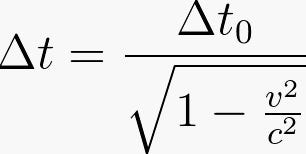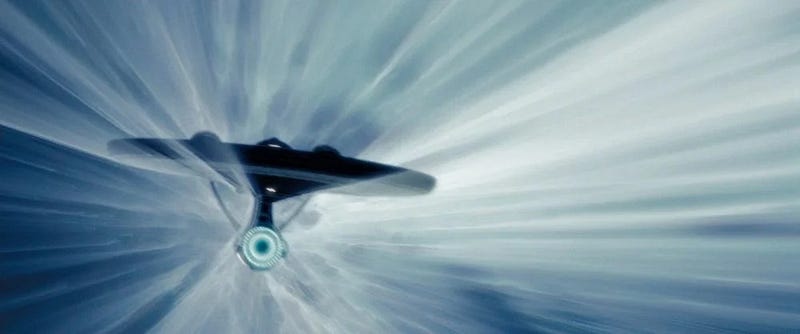Understanding Light-Speed Travel to Our Nearest Star
Written on
Chapter 1: The Concept of Time Dilation
Recently, a subscriber posed an intriguing question:
“If time slows down as one approaches light speed and halts at light speed, what would be the duration of a journey to the nearest star aboard a craft traveling at light speed from the crew's perspective?”
This notion that time ceases for a craft moving at light speed is an oversimplified interpretation of relativity. When we apply the speed of light to the formula for relativistic time dilation, we encounter a division by zero scenario, indicating that the notion of time becomes irrelevant for such a vessel.

Understanding Relativistic Time Dilation
Moreover, a spacecraft, being an object with mass, cannot actually reach the speed of light.
So, what if a spacecraft were to travel at a speed incredibly close to light speed? For the crew, the voyage to the nearest star could seem extremely brief. How brief? In theory, if we assume instantaneous acceleration to nearly light speed and a similar instant deceleration, the journey could last an hour, a minute, or even a microsecond, contingent on how near the speed is to light.
How is such a phenomenon achievable?
In addition to time dilation, the concept of Lorentz contraction plays a pivotal role.

The Impact of Lorentz Contraction
For an observer in motion, distances along the path of travel contract. Thus, for an observer moving at substantial speeds, light-years could effectively transform into kilometers. Consequently, a spacecraft moving just shy of light speed could traverse the distance to the nearest star in mere hours, minutes, or seconds due to the contracted distances.

However, from our vantage point on Earth, the spacecraft would still require years to arrive at its target. If we could observe with a powerful telescope and synchronized clocks aboard the craft, we would witness the clock hands appearing to slow down and the astronauts’ movements becoming fluid, resembling slow motion.
It’s critical to recognize that, in practice, we cannot instantly accelerate a spacecraft to light speed, nor can it decelerate instantaneously. Furthermore, high acceleration rates would be fatal for the crew due to the forces involved. Thus, in reality, even if we had a vessel capable of reaching light speed, most of the journey would involve acceleration and deceleration.

Practical Example of Space Travel
For instance, a craft accelerating at 19.6 m/s² (2g) to 0.999 times the speed of light, then traveling a portion of the distance at that speed and finally decelerating, would take approximately two years, three months, and 16 days to reach the nearest star (4.22 light-years). However, observers on Earth would experience a duration of about five years, one month, and eight days.
The first video titled "How long it takes to travel to the closest star to our sun" delves into the complexities of relativistic travel and the perception of time.
The second video, "HOW FAR IS THE CLOSEST STAR?" provides a comprehensive overview of the distances involved in space travel.
If you’re interested in more articles about space, feel free to clap!
Subscribe to our channel and submit your questions for future articles.
If you enjoy my work, consider supporting me by becoming a Medium member for just $5 a month, helping us create even better content.